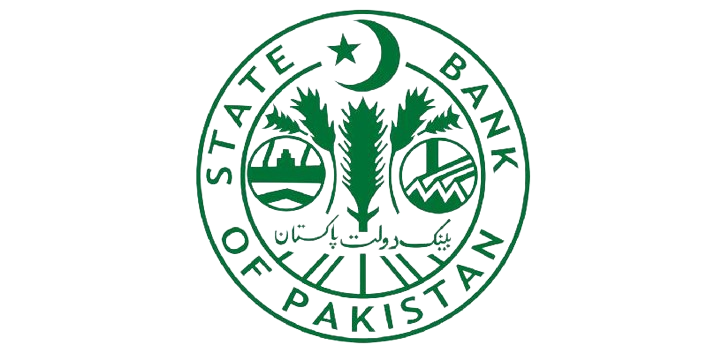
![]() State Bank of Pakistan
State Bank of Pakistan
The beating heart of a nation’s finances
Karachi, Pakistan

At a Glance
● 50% reduction in time required for end-of-day processing
● Achieved a 200% uplift in mainstream core processes
● 6 months to upgrade the solution supporting loans, bonds, and deposit operations
● Improved currency management and distribution across banks
The State Bank of Pakistan is a critical hinge in the country’s financial system. As the nation’s central bank, it holds responsibility for securing economic stability through the regulation of monetary and credit systems while aiming to encourage economic growth and development. Achieving these goals means the bank requires the most reliable, advanced infrastructure—and, as 2015 came into view, it decided the time was right for a comprehensive update of its core systems.
Since 2000, the State Bank of Pakistan has been using Temenos Solutions, when it implemented two instances of Globus G11 software—the forerunner to Temenos core banking—one for its currency operations, and another for its banking functions. But as time and technology moved on, the bank realized it needed a more open architecture to support greater integration with other systems.
The Upgradability Business Model
Impressed with the latest Temenos software release, the State Bank of Pakistan decided to upgrade from Globus G11 to Temenos core banking R15. But this created a new challenge, as while the bank had been using the older solution, the Temenos software had undergone a complete re-architecting, with major functional changes. In effect, the State Bank of Pakistan was looking to skip 15 years of new releases in one go.
Luckily, the bank discovered it could take advantage of flexible upgrade paths engineered by Temenos.

The bank had a very demanding request, but the Temenos platform has the built-in functionality to accommodate this. At the program level, we could upgrade rather than replace code, and instead of migrating data, we could convert it. The Temenos philosophy of ‘designed for upgradability and change’ holds true.”
Ammara Masood, CEO and President at NDCTECH
Managing Business & People Change
At the outset, the State Bank of Pakistan identified managing and mitigating risk as the main requirement for the implementation strategy for the upgrade project. The bank did not simply approach the changeover from a narrow technical viewpoint, but more importantly, realized there would be major implications from a business process and people change management perspective.
To smooth the 15-year release jump, the State Bank of Pakistan decided to perform the upgrade in two stages back-to-back, with each upgrade a big bang in itself. In the first step, it would upgrade the Globus instance for its currency operations, along with the underlying hardware and operating systems, to a more open environment. One of the key objectives of the first upgrade was to gain knowledge and build experience to make the second implementation a simpler task.
Valuable Lessons Learned
The value of this staggered approach was clear by the end of the project: while the first upgrade took 12 months, the bank completed the second—for the solution supporting its loans, bonds and deposits operations—in just six months.
The implementation highlighted several lessons for people and business change management. Firstly, training and face-to-face support for users was vital to build up their knowledge of the systems and familiarise them with the new processes. Also, data cleansing before the upgrade, along with extensive and exhaustive testing, was hugely important to the success of the project.
By completing multiple rehearsal activities, the bank could maximize user involvement and seize the opportunity to verify data following each run-through. This rigorous approach also enabled the bank to establish processes for robust issue tracking and rapid resolution of major issues encountered during testing.
Key Benefits of the Upgrade
Although running upgrades is often regarded as simply an IT and technical exercise, State Bank of Pakistan recognized that the project would be vital to its overall operations and open the door to continuous business process improvements. Senior executives across the bank monitored progress, provided constant support, and ensured the upgrade investment plans aligned with the expected outcomes.
With the R15 Core Banking solution, State Bank of Pakistan enjoys improved scalability, integration and overall systems performance, along with simplified access to new product updates and periodic fixes. New functionality available to the bank includes role-based dashboards, process workflows, and workflow user events.
These new features, together with other enhancements, have led to greater operating efficiency and productivity, including a 50% reduction in time required for end-of-day processing. The solution also keeps the bank up-to-date with the latest SWIFT messaging standards and global financial regulations.
From the IT perspective, the new Temenos solution is much simpler to maintain and manage, helping the bank to achieve greater product innovation, flexibility and configurability. By moving from a version based on a client-server architecture to the browser-based R15 solution, employees also enjoy easier access, especially those working in the bank’s 16 field offices.
Together, these business and technical improvements will eventually result in reduced total cost of ownership of software and hardware, which will in turn provide additional resources for State Bank of Pakistan to invest in more platform enhancements.
